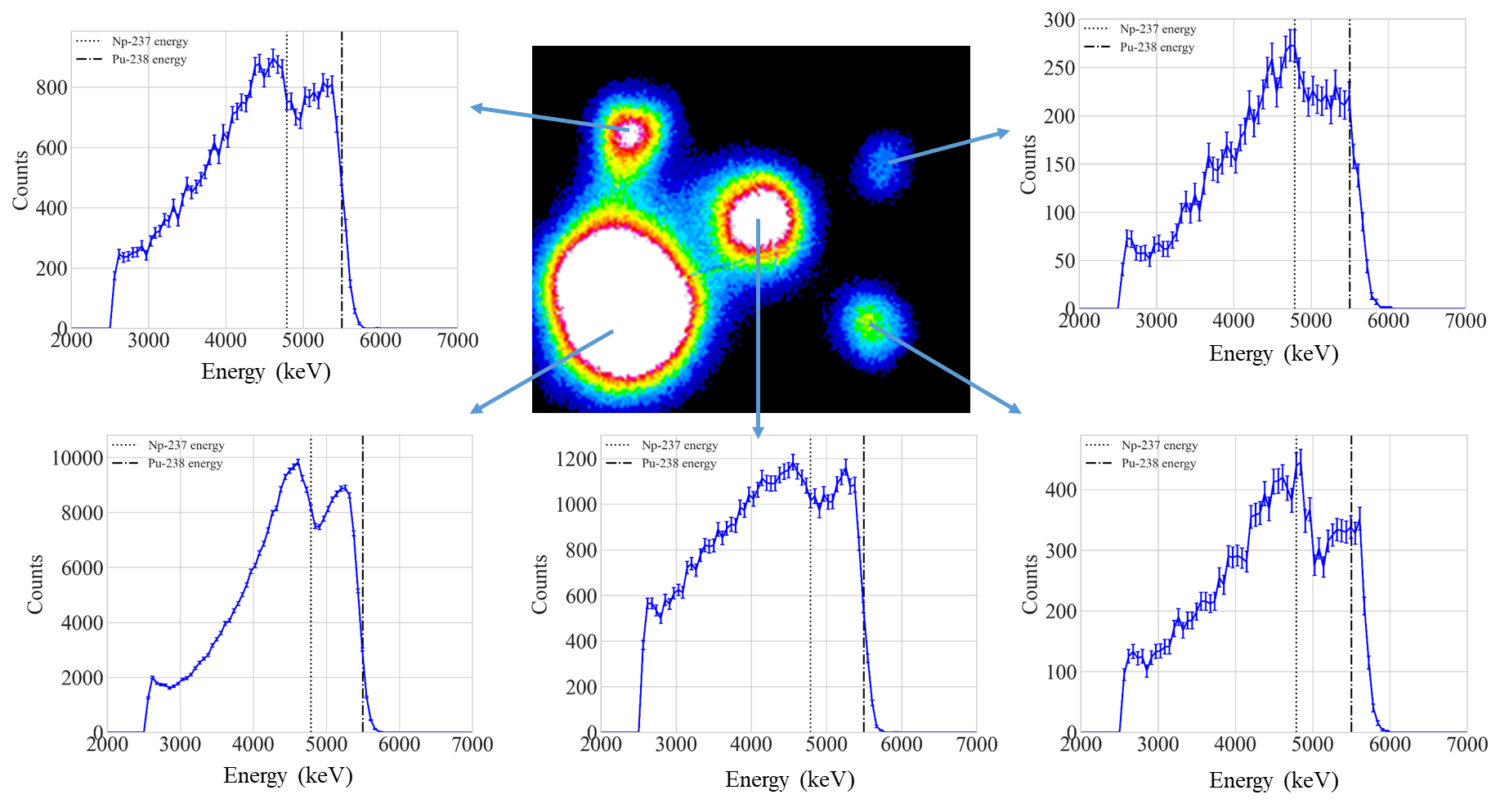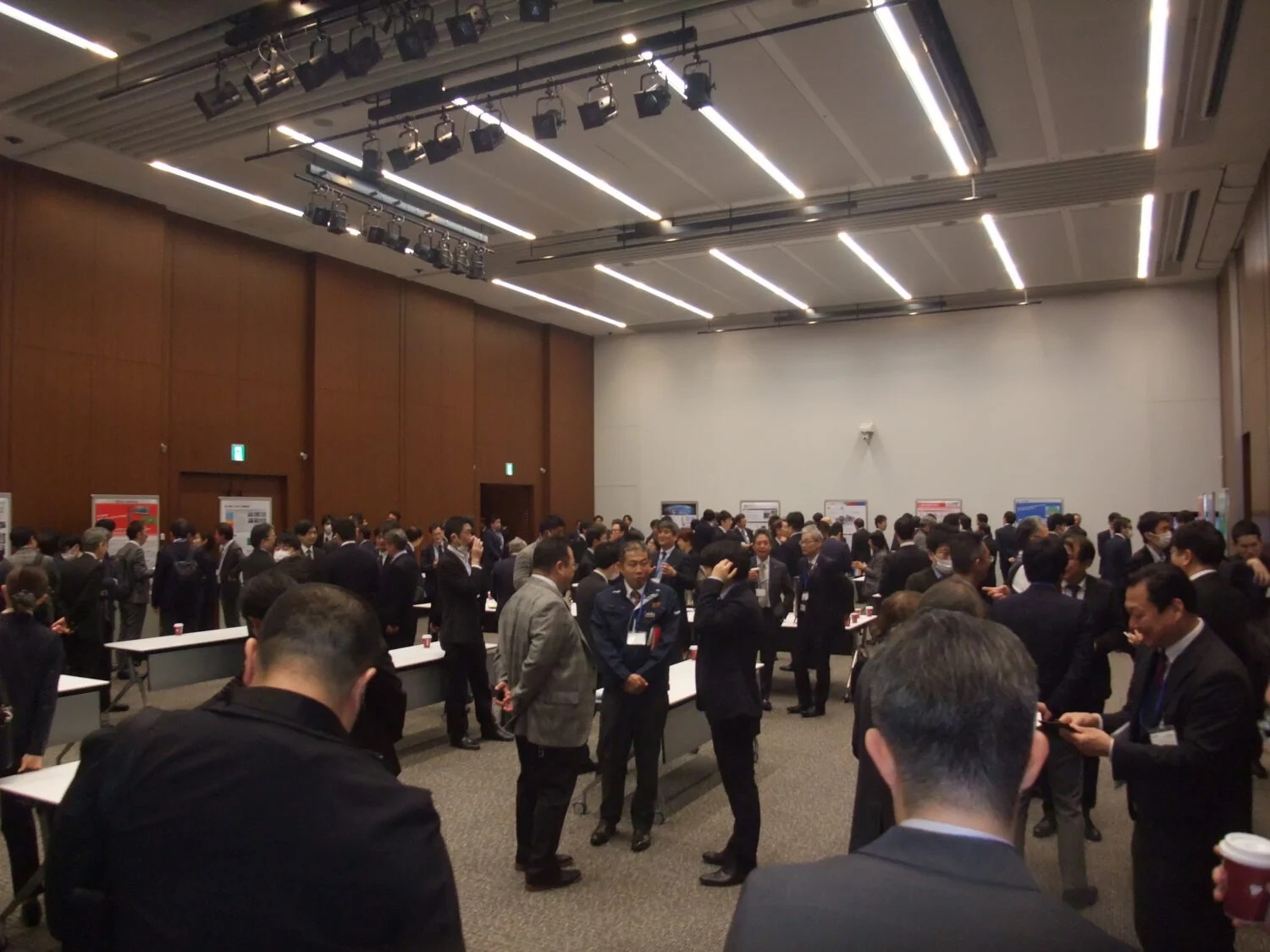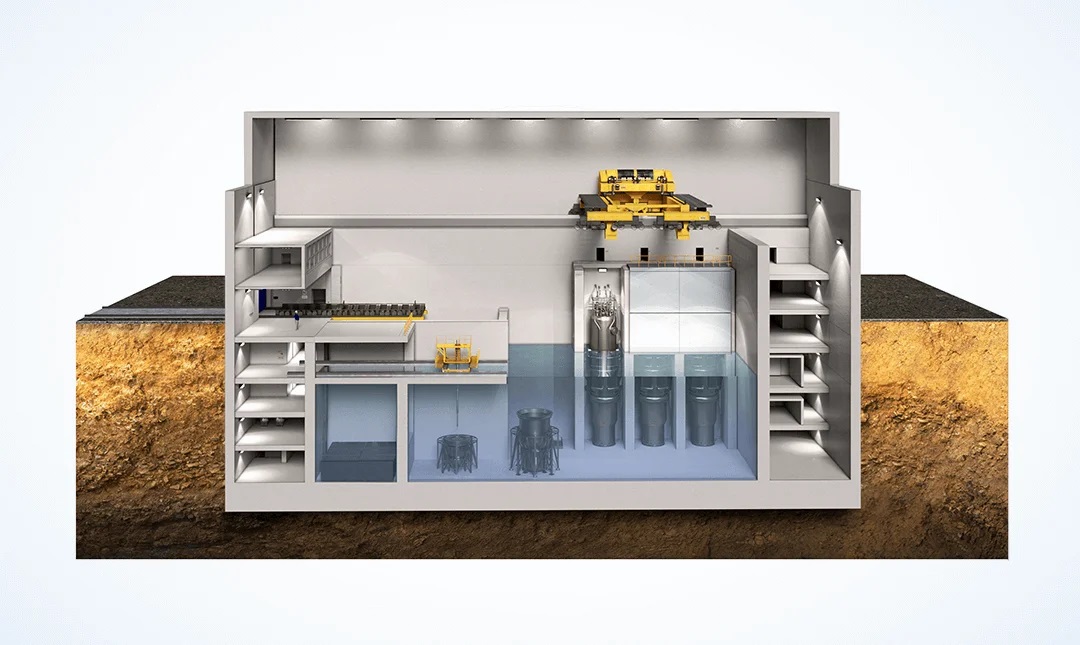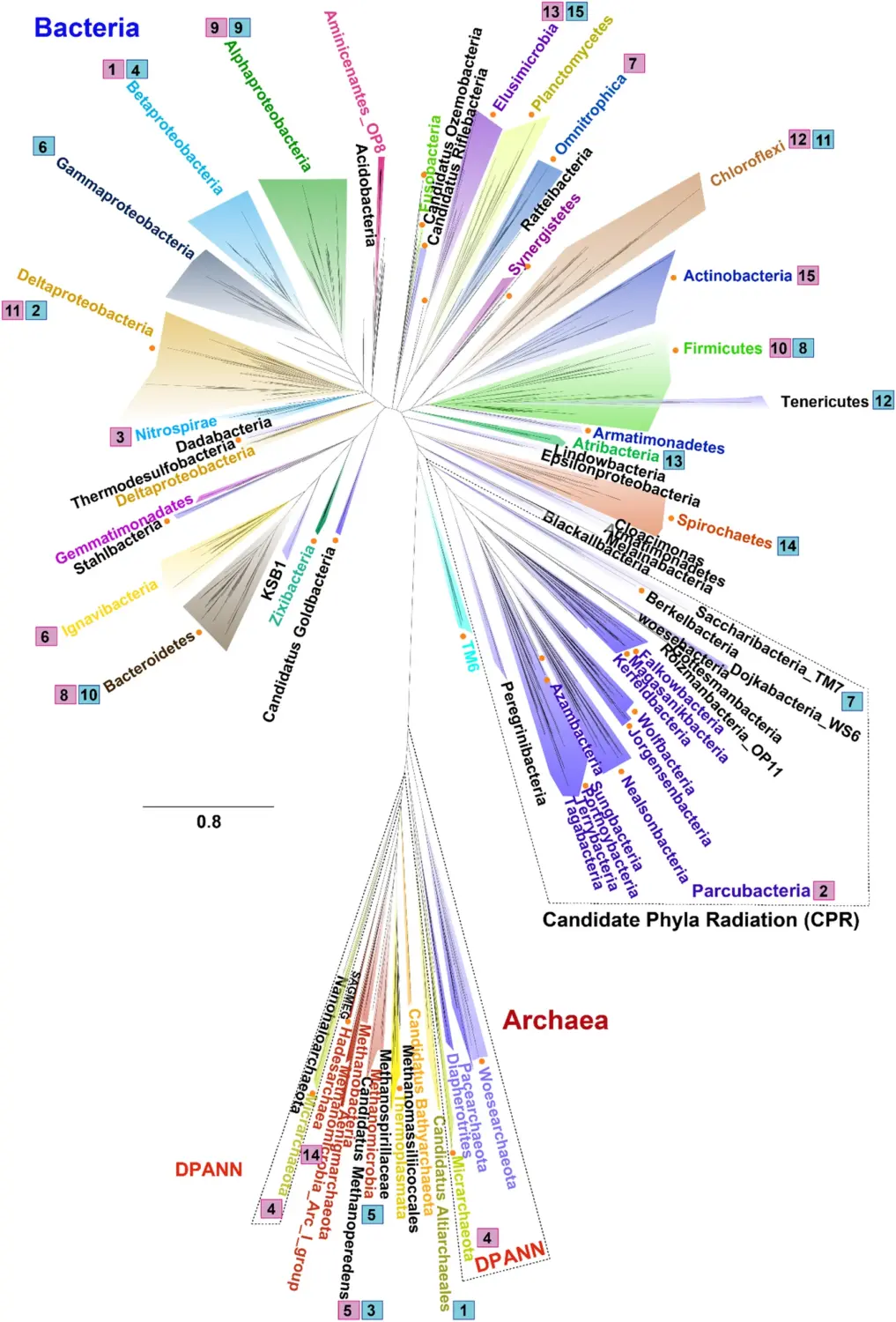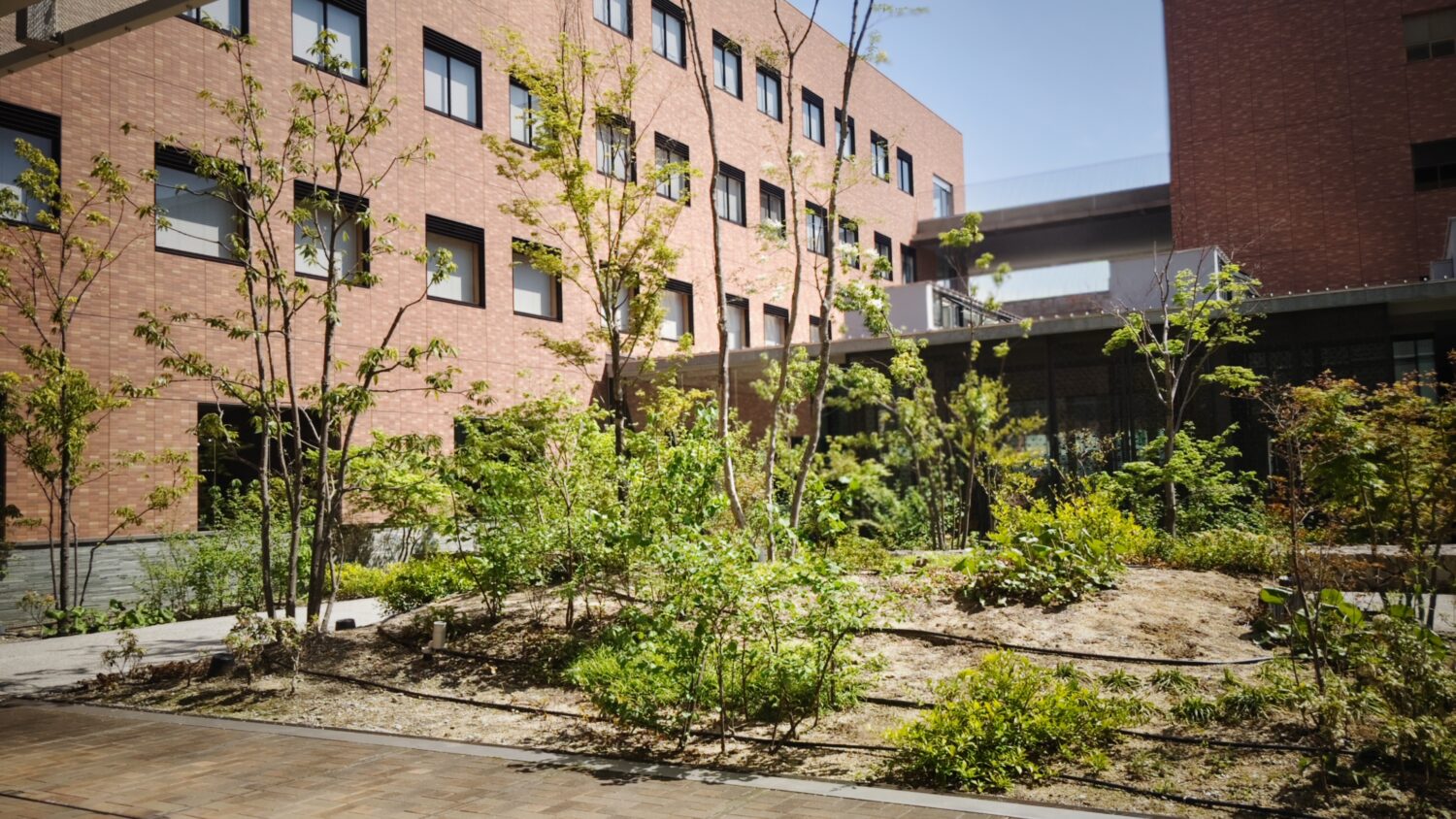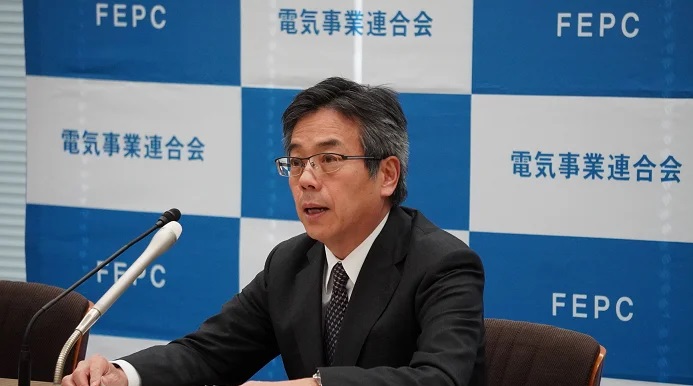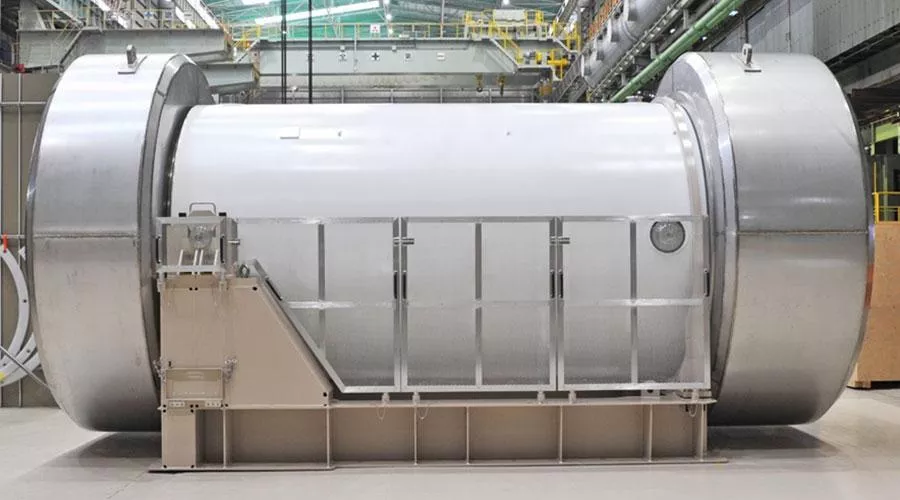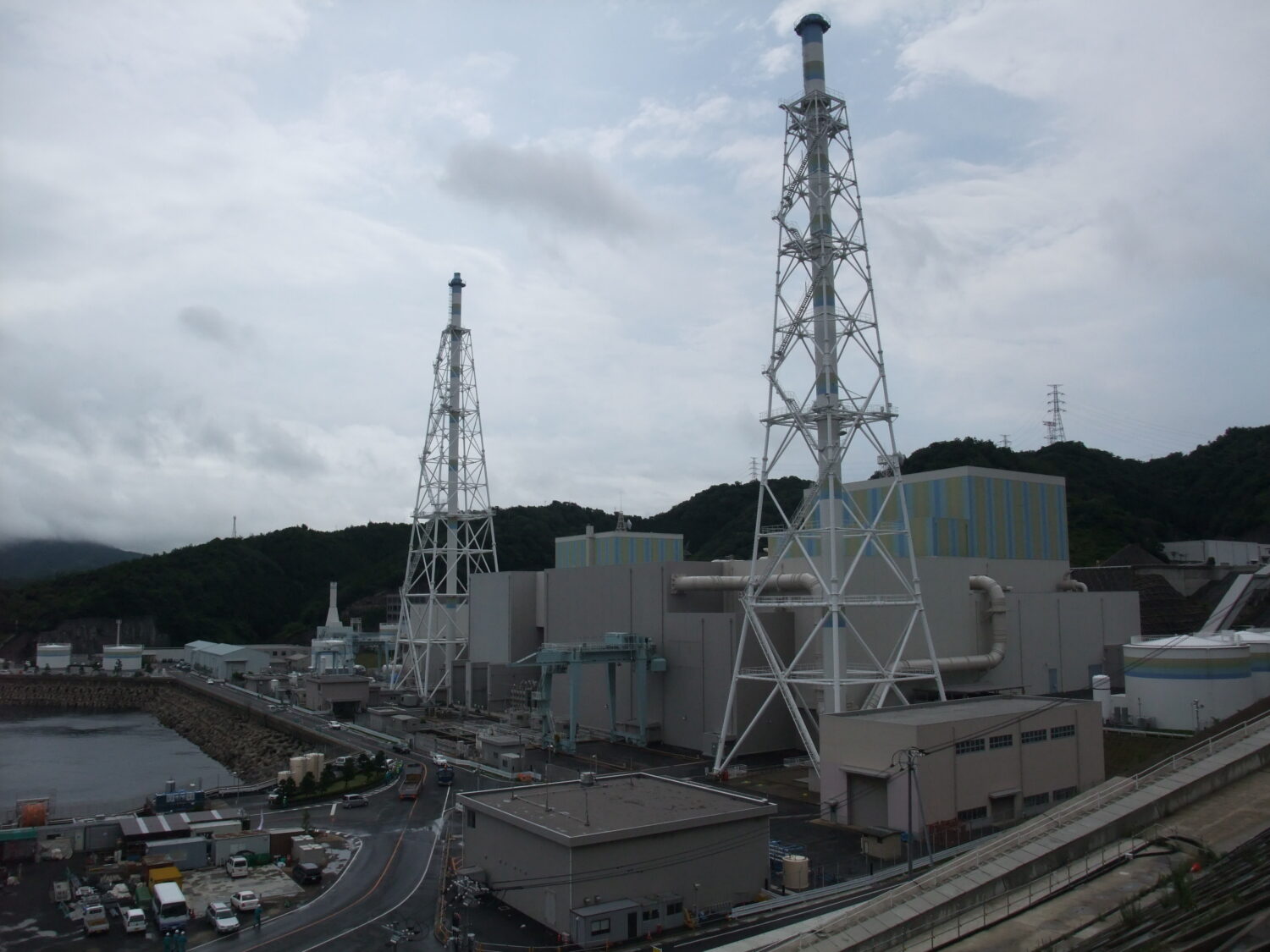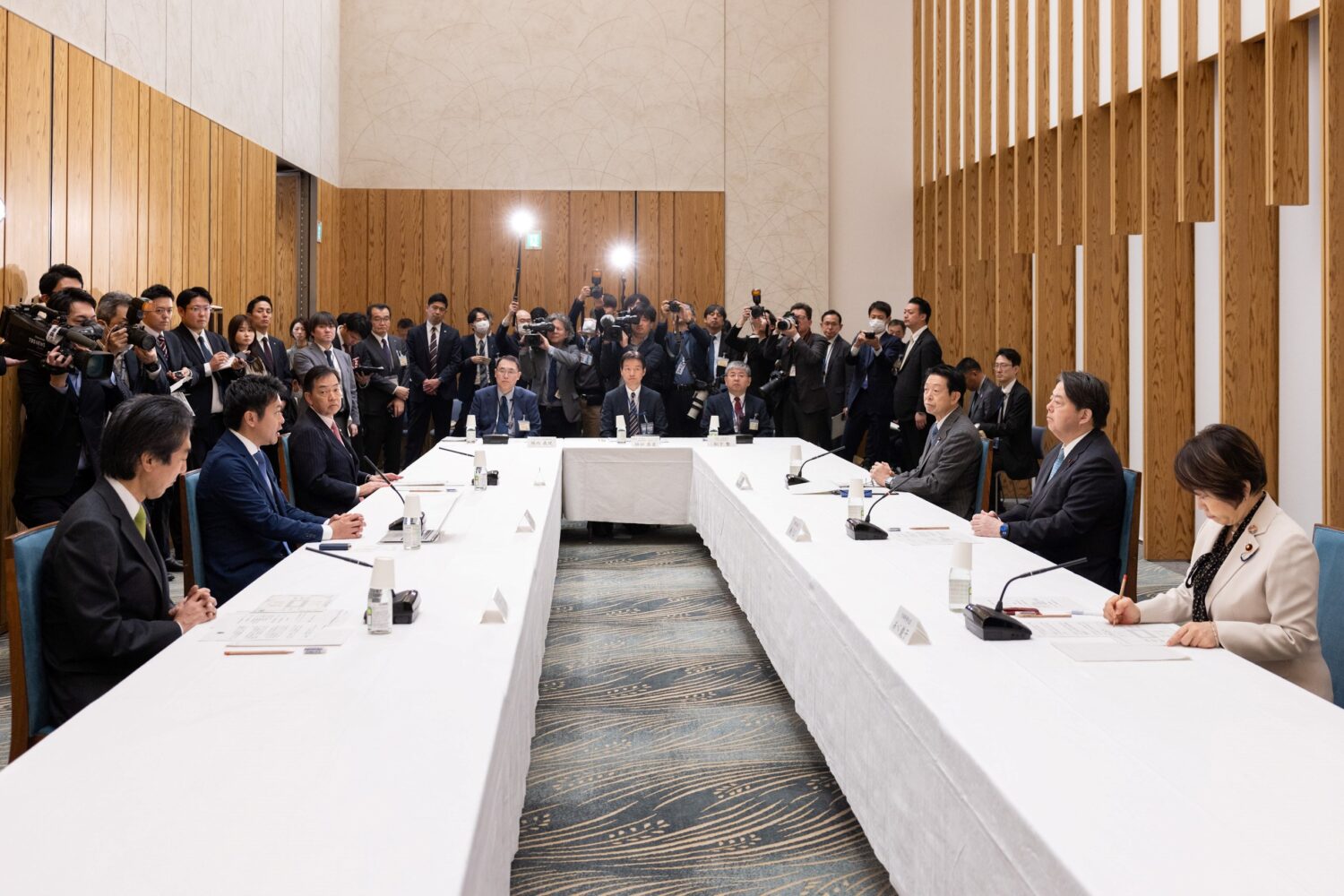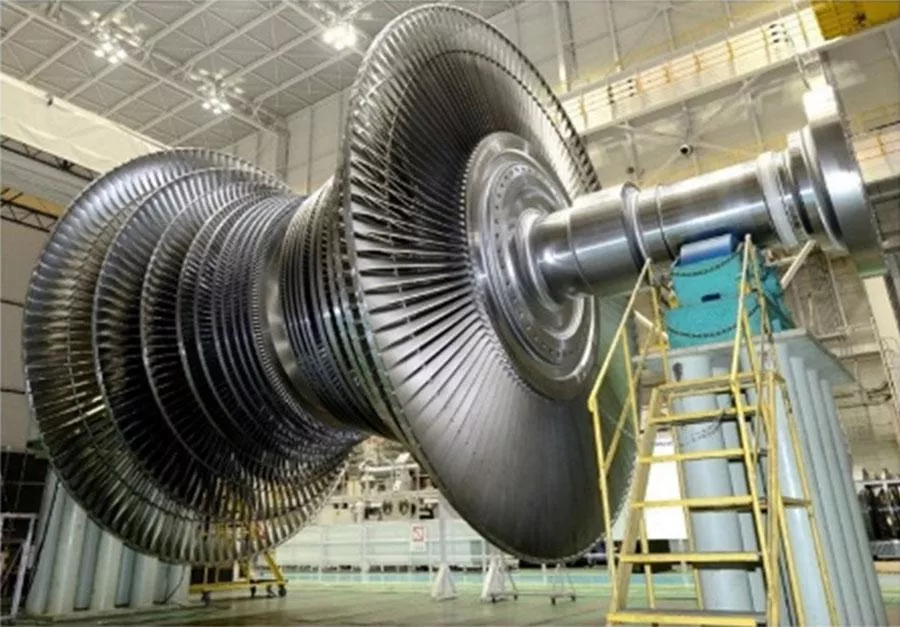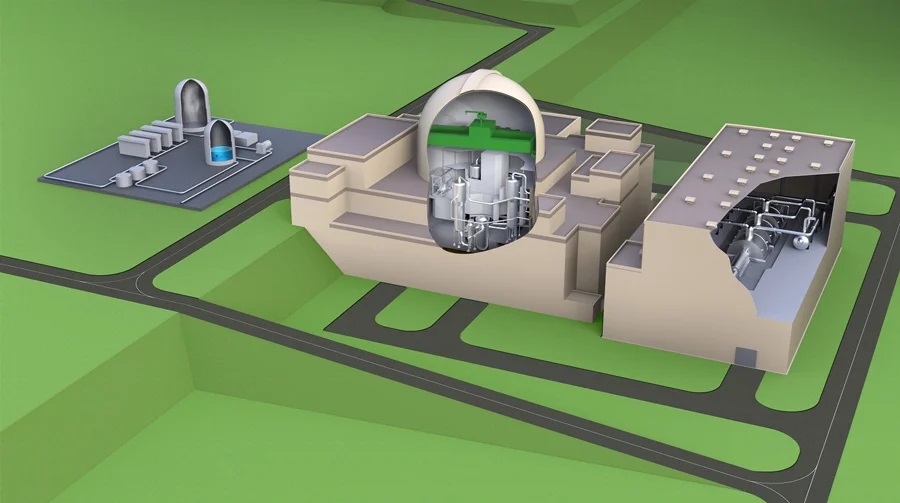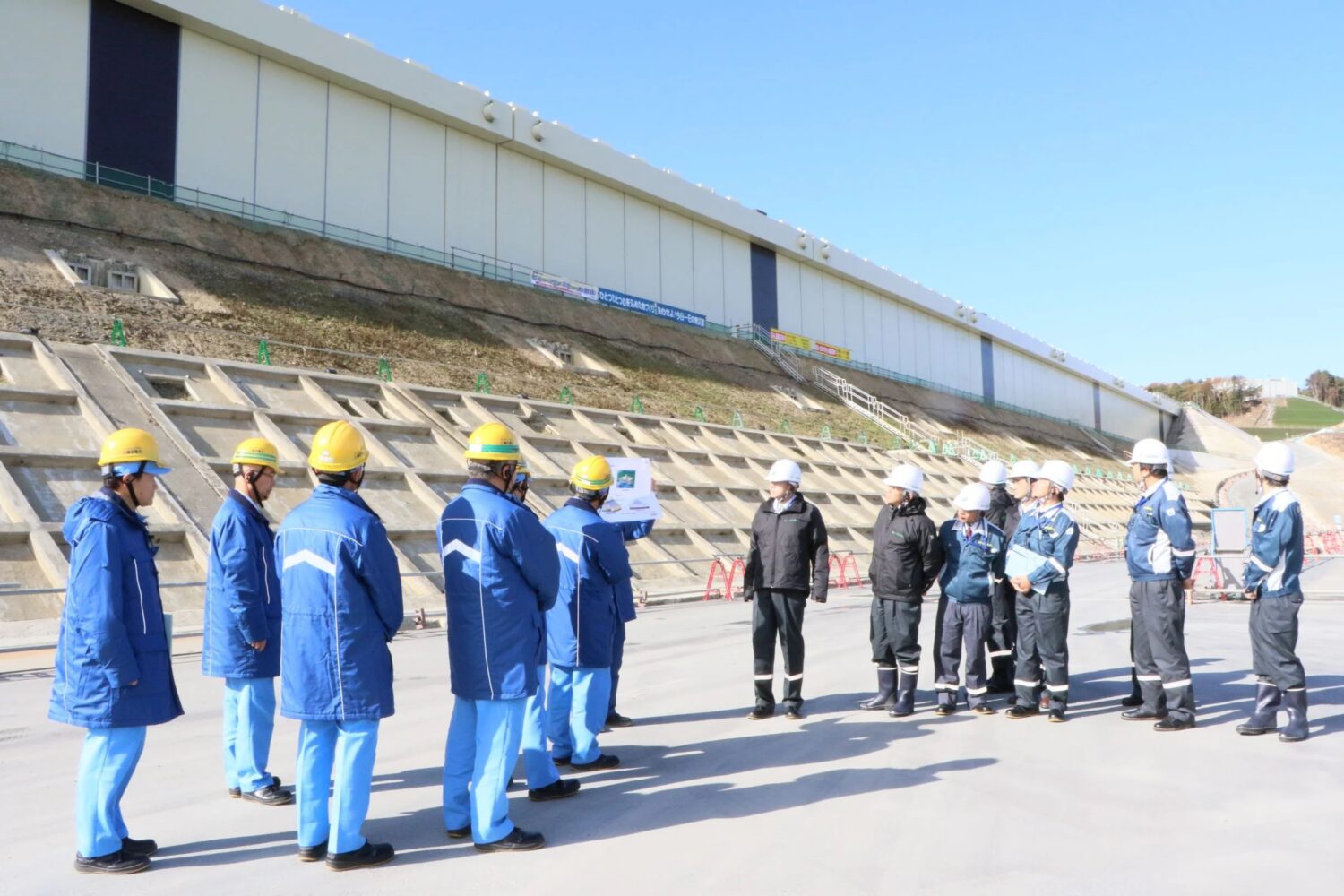With excellent safety and possibilities for diverse uses of their heat, HTGRs are being developed in several countries, including Poland, China, South Korea and the United States. The UK constructed and operated the experimental HTGR Dragon (20MWt) in the 1960s and 1970s.
Focusing again now on the HTGR as the most promising nuclear candidate toward decarbonization, the UK plans to complete a demonstration HTGR by the early 2030’s. In September 2022, the UK’s Department for Business, Energy & Industrial Strategy (BEIS) began a selection process for a team to implement the country’s HTGR demonstration reactor program.
The program is to be carried out in three phases:
- Phase A: Pre-FEED (September 2022 to February 2023)
- Phase B: Basic designing, feasibility study (by March 2025)
- Phase C: Permissioning, construction, detailed engineering, and operation (in the early 2030’s)
The UK’s Department for Energy Security and Net Zero (DESNZ), having succeeded to the energy policy responsibilities of BEIS in February of this year, selected the team of JAEA and NNL to implement Phase B. It also announced the launch of a project to develop fuel for the HTGR demonstration reactor.
For Phase B, a sum of GBP15 million (about JPY2.7 billion) will be budgeted, with another GBP16 million (about JPY2.9 billion) earmarked for step 1 of the fuel development program.
Previously, JAEA developed the High-Temperature Engineering Test Reactor (HTTR, 30MWt, restarted in July 2021). The core technology of the HTTR, which is totally Japanese, occupies an elevated position in the world. For example, metallic materials that can be used structurally at the world’s highest temperatures of 950℃ are made by domestic manufacturers. HTGRs can thus be constructed using Japanese technology alone.
Through the development of fuel fabrication technology in cooperation with NNL, JAEA will demonstrate the country’s HTGR technology both internationally and domestically, while also proceeding with social implementation in the UK and reflecting the results in HTGR demonstration projects in Japan.


-1.png)

